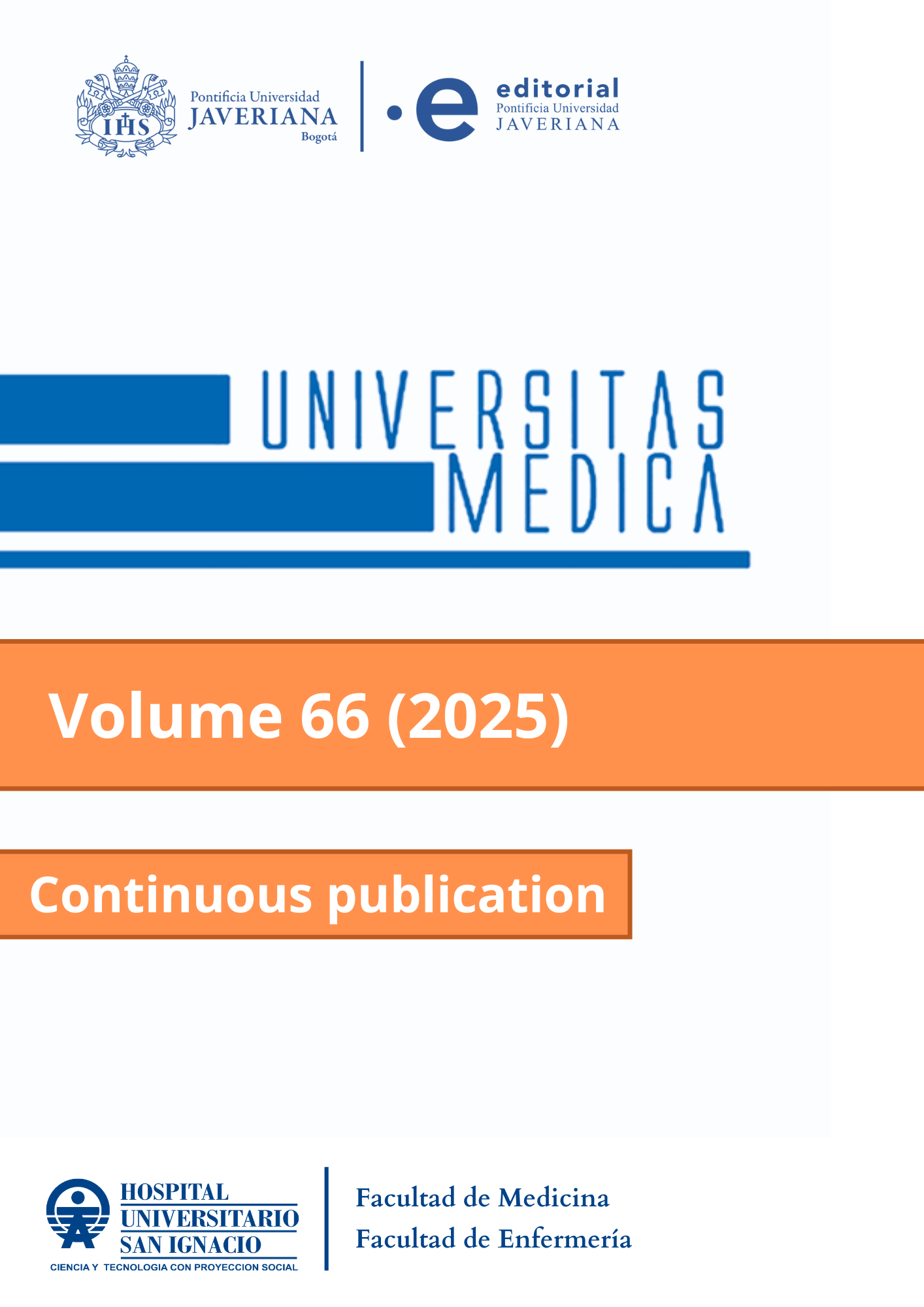Abstract
Introduction: Digital platforms such as DARUMA are essential for the clinical training of health students, helping to standardize processes and enhance patient safety. Objective: To identify individual and institutional factors related to the use of the DARUMA platform by health students during clinical practice at a healthcare service institution in 2024. Method: A cross-sectional study. A Likert-type questionnaire based on the TAM model was used to gather data on students’ use of DARUMA. Results: A total of 211 students participated in the study, 64.9% of whom were female. The programs with the highest participation were Medicine (35.5%), Nursing (12.8%), and both Physiotherapy and Psychology (10% each). Although 53% of students reported never using DARUMA during the week, they acknowledged its potential. The main factors influencing use (p < 0.001) included duration of clinical practice, type of institution, participation in training, perceived usefulness, ease of use, and perceived need. Conclusions: Institutional support, training, and accessibility are key. The low frequency of use is primarily due to limited perceived need and access issues. Enhancing training, accessibility, and institutional support could increase the adoption and usage of DARUMA.
1. Daruma Software. Daruma Software [internet]. [Citado 2025 abr 6]. Disponible en: https://www.darumasoftware.com/
2. World Health Organization. WHO calls for urgent action to reduce patient harm in healthcare [internet]. 13 de septiembre de 2019 [citado 2025 abr 6]. Disponible en: https://www.who.int/es/news/item/13-09-2019-who-calls-for-urgent-action-to-reduce-patient-harm-in-healthcare
3. Naciones Unidas. Objetivos de Desarrollo Sostenible [internet]. [Citado 2025 abr 6]. Disponible en: https://www.un.org/sustainabledevelopment/es/sustainable-development-goals/
4. Naciones Unidas. Objetivo 3: Los Objetivos de Desarrollo Sostenible y un 2030 más saludable [Internet]. [Citado 2025 abr 6]. Disponible en: https://www.un.org/es/chronicle/article/objetivo-3-los-objetivos-de-desarrollo-sostenible-y-un-2030-mas-saludable
5. Decreto 1011 de 2006/3 de abril, por el cual se establece el Sistema Obligatorio de Garantía de Calidad de la Atención de Salud del Sistema General de Seguridad Social en Salud [internet]. [Citado 2025 abr 6]. Ministerio de Salud y Protección Social de Colombia. Disponible en: https://www.minsalud.gov.co/Normatividad_Nuevo/DECRETO%201011%20DE%202006.pdf
6. Yong Varela LA, Rivas Tovar LA, Chaparro J. Modelo de aceptación tecnológica (TAM): un estudio de la influencia de la cultura nacional y del perfil del usuario en el uso de las TIC. Innovar [internet]. 2010 [citado 2025 abr 6];20(36):187-203. Disponible en: http://www.scielo.org.co/scielo.php?script=sci_arttext&pid=S0121-50512010000100014
7. Alligood MR. Modelos y teorías en enfermería. 10.ª ed. Barcelona: Elsevier; 2022.
8. Davis FD. Perceived usefulness, perceived ease of use, and user acceptance of information technology. MIS Q [Internet]. 1989 [citado 2025 abr 6];13(3):319-40. Disponible en: https://www.jstor.org/stable/249008
9. Adams DA, Nelson RR, Todd PA. Perceived usefulness, ease of use, and usage of information technology: a replication. MIS Q [Internet]. 1992 [citado 2025 abr 6];16(2):227-47. Disponible en: https://www.jstor.org/stable/249577
10. Van Raaij EM, Schepers JJL. The acceptance and use of a virtual learning environment in China. Comput Educ. 2008 Apr;50(3):838-52. https://doi.org/10.1016/j.compedu.2006.09.001
11. Hawrysz L, Kludacz-Alessandri M, Walczak R. Predictive factors of physicians' satisfaction and quality of work under teleconsultation conditions: structural equation analysis. JMIR Hum Factors. 2024 Jun 10;11:e47810. https://doi.org/10.2196/47810
12. Azami M, Khajouei R, Rakhshani S. Postgraduate medical students’ acceptance and understanding of scientific information databases and electronic resources. Electron Physician. 2016 Nov;8(11):3061-7. https://doi.org/10.19082/2066
13. Nguyen M, Fujioka J, Wentlandt K, Onabajo N, Wong I, Bhatia RS, et al. Using the technology acceptance model to explore health provider and administrator perceptions of the usefulness and ease of using technology in palliative care. BMC Palliat Care. 2020 Sep 7;19(1):138. https://doi.org/10.1186/s12904-020-00644-8
14. Tao D. Intention to use and actual use of electronic information resources: further exploring Technology Acceptance Model (TAM). AMIA Annu Symp Proc [internet]. 2009 Nov 14;2009:629-33. Disponible en: https://www.ncbi.nlm.nih.gov/pmc/articles/PMC2815463/
15. Tubaishat A. Perceived usefulness and perceived ease of use of electronic health records among nurses: Application of Technology Acceptance Model. Inform Health Soc Care. 2018 Dec;43(4):379-89. https://doi.org/10.1080/17538157.2017.1363761
16. Strudwick G. Predicting nurses' use of healthcare technology using the Technology Acceptance Model: an integrative review. Comput Inform Nurs. 2015 May;33(5):189-98. https://doi.org/10.1097/cin.0000000000000142
17. Hsieh PJ. Healthcare professionals' use of health clouds: integrating technology acceptance and status quo bias perspectives. Int J Med Inform. 2015 Jul;84(7):512-23. https://doi.org/10.1016/j.ijmedinf.2015.03.004
18. Salazar EA, Ramírez PE. Efecto de los talleres de alfabetización informacional en el uso de bases de datos científicas. Form Univ. 2014;7(3):41-54. https://doi.org/10.4067/S0718-50062014000300006
19. Ministerio de Salud y Protección Social de Colombia. IPS visitadas por el MEN favorables como escenarios de prácticas para programas del área de la salud. Bogotá; 2024.

This work is licensed under a Creative Commons Attribution 4.0 International License.
Copyright (c) 2025 Raul Santiago Villarreal Tovar, Carlos Daniel Cabezas Martínez, Paula Andrea Asprilla Caicedo, Joas Benítez Duque



